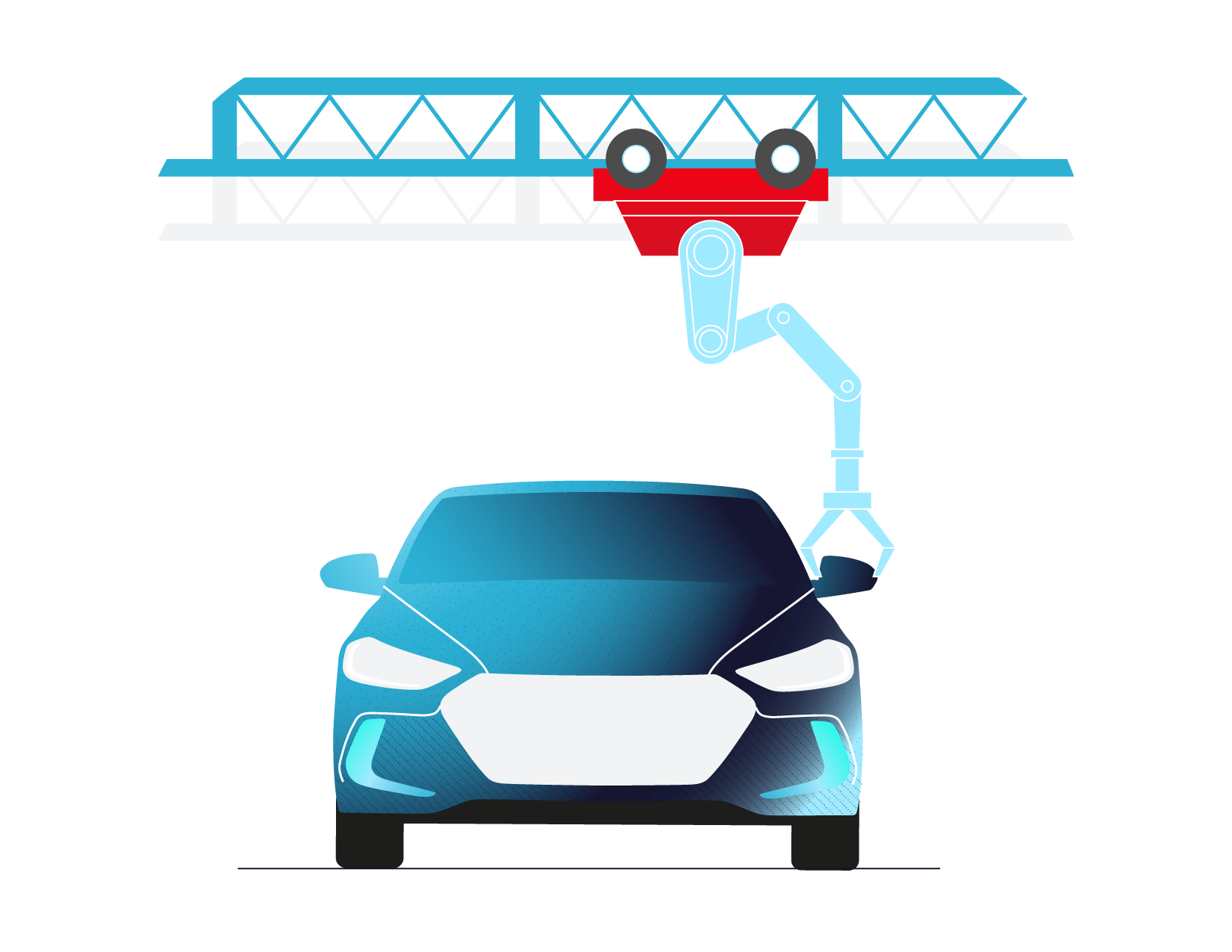
IT ops headaches you don’t have to live with.
It’s not fair, but it’s fact…central IT gets stuck managing growing pains when the organisation is driving digital transformation.
But you and your colleagues don’t have to grin and bear it. Here, we summarise common IT ops headaches that come during Day 2 digital transformation – and how to cure them.

Problem
Not enough capacity in
the team
Product teams are too reliant on central IT and we can only support so many at once – we don’t have the people to send to every Monday stand-up.

Solution
Optimise the IT support model
This resourcing issue shows the IT support model needs more automation and self-service.
This involves creating a central, end-to-end platform for ITSM, digital ITSM and APIs. The platform essentially sits between product teams and central IT. That way, there’s end-to-end automation, enabling self-service from request to managed services provisioning.
The result: product teams don’t need to interact with central IT as often.
How do you do this? This article explains 👇
Problem
Costs are too high
Cloud is costing us more money than we thought it would, in part because there’s not enough standardisation.

Solution
FinOps: It’s time to get strategic
Re-orient the FinOps approach, so the business gets both the operations (e.g., automation) and cost optimisation (e.g., RIs, capacity planning, sizing) correct.
Think of it like a Pyramid of FinOps Needs where you build up these
4 capabilities:
- Use optimisation – effective use engineering and cost optimisation
- Budgeting and forecasting – accurately predicting cloud spend
- Buy optimisation – reducing unit costs of cloud provider purchases
- Cost visibility and allocation – being able to showback/chargeback
Learn more here 👇
Problem
Technical debt isn’t reducing, and we’re worried about security
Thousands of items aren’t compliant with best-practice principles, with security and vulnerability issues being major concerns.

Solution
Empower the Cloud Centre of Excellence
This pain often happens when the CCoE is overworked and can only focus on keeping the lights on.
Key remediation steps are to:
- Conduct a Well-Architected Review – to prioritise opportunities for strengthening cloud foundations and overall security
- Establish an industrialised way of handling remediation and optimisation –
combined with automation, to drive improvements and modernisations - Implement a governance framework that gives people control –
from a technology, sizing, security and cost perspective
Learn more about evolving governance and CCoE operations here 👇
Problem
Automation has hit a wall
We’ve automated the low-hanging fruit but the remaining 20-30% is stuck in a 2-week human process.

Solution
Bridge the automation gap
Squeezing in more automation requires 4 overarching elements:
- Coordination – to drive the automation project, team processes, policies and KPIs need to be restructured to enable coordinated budgeting, goal setting, skills sharing/development and risk sharing
- Shared vision among different IT teams – herding the cats to get buy-in on more automation and self-service
- Evaluating managed services provider contracts – some providers might not support key elements like automated onboarding
- Rationalising/modernising VMs – once you’ve automated landing zones and CI/CD in cloud PaaS and Kubernetes, you may be hitting an automation wall if your migration approach (lift and shift) left you with lots of VMs. You can either get rid of some of that technical debt by rationalising/modernising or introduce automation at a VM and database level
How do you do this? This article explains 👇
Problem
People aren’t satisfied with how cloud is scaling
We seem to have stalled. We’re too dependent on partners. People aren’t fully using the tools/processes we wanted from cloud.

Solution
Time for upskilling
A bit of training goes a long way towards overcoming that feeling of cloud lethargy.
Top tips are to:
- Create communities – So devs get the push and know-how to cloudify and
use modern cloud solutions - Gamify – Challenges, competitions, badges, belts…they get great take-up
- Integrate – Upskilling should be part of inductions and development plans
- Upskill senior people, too – You need the people making strategic decisions to
understand cloud. If they don’t know what a subscription is, you’ll have problems - Reskill – Because there’s a huge shortage of competent IT people. Find those
people with a drive to innovate
Get a framework for upskilling success in this playbook 👇

Want more tips on curing digital transformation challenges?
Get our new guide, which has insight on how 6 organisations are fixing these problems.